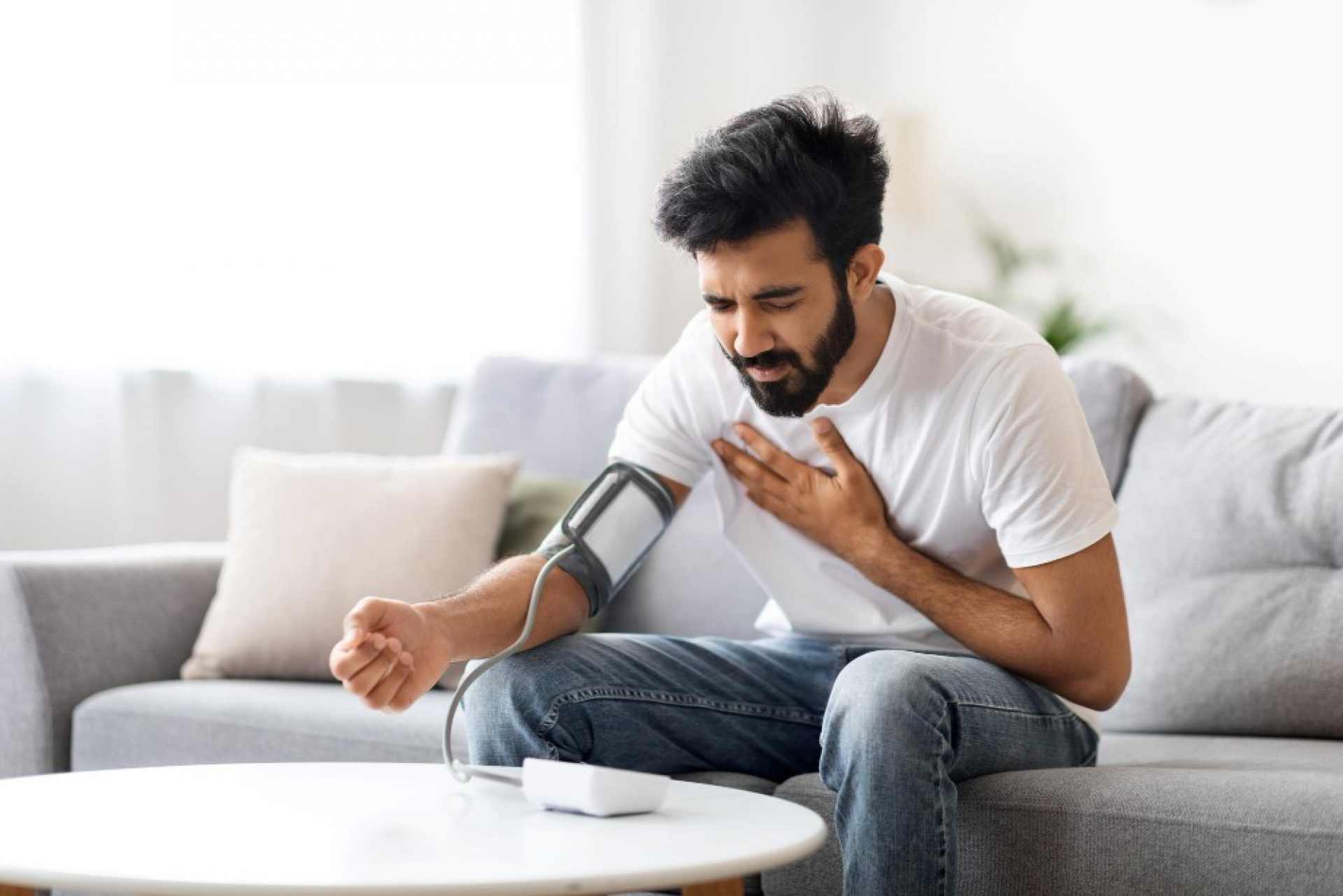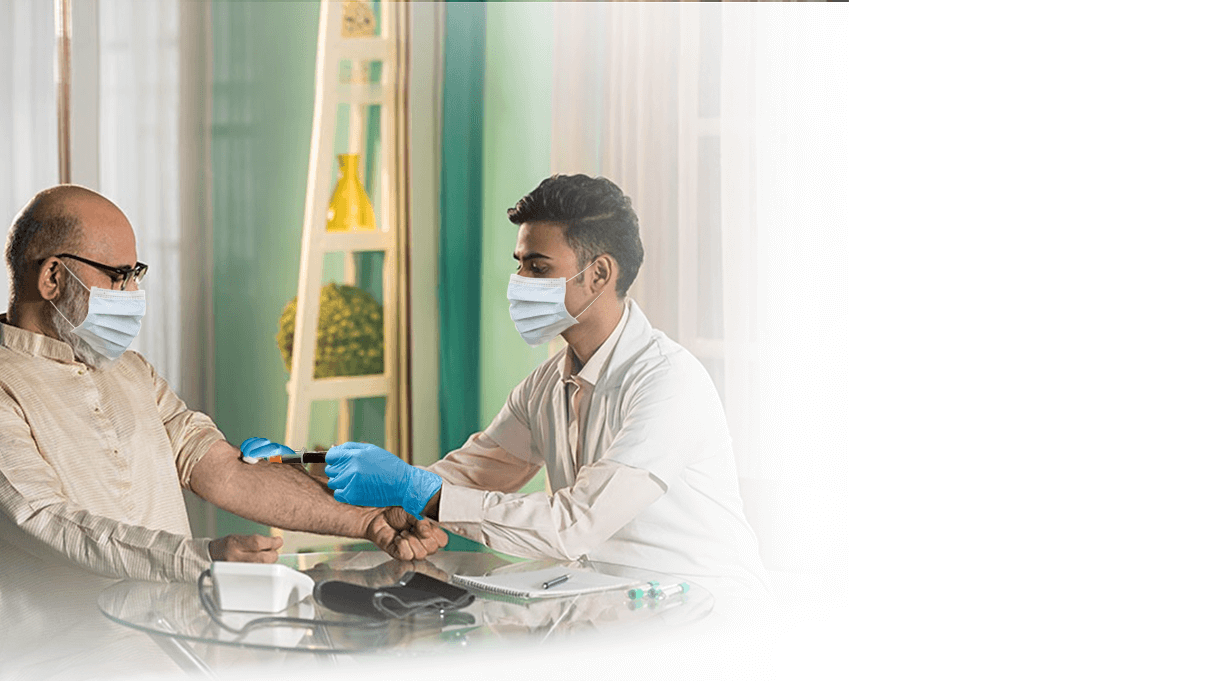Managing hypertension doesn’t end at the clinic, it continues at home. That is where home blood pressure monitoring becomes essential. With the rise in hypertension cases worldwide and the increasing role of technology in healthcare, using a home BP monitor the right way can make all the difference in your health outcomes.
However, not everyone gets consistent, accurate readings at home. If you are investing time in self BP tracking, it is critical to follow best practices that enhance blood pressure accuracy.
Why Home Blood Pressure Monitoring Matters
Home blood pressure monitoring allows you to track your numbers consistently, outside the white-coat stress of a clinical setting. It gives a clearer picture of your true blood pressure levels and helps detect patterns, whether it is morning surges, stress-related spikes, or nighttime dips.
If you have been diagnosed with high blood pressure or are at risk, using a home BP monitor can:
- Provide data for better diagnosis and treatment
- Track how medications or lifestyle changes are working
- Prevent misdiagnosis from white-coat hypertension
- Detect masked hypertension (normal at clinic, high at home)
More importantly, self-monitoring hypertension builds accountability. When you see your numbers improving (or not), it motivates better choices, be it diet, exercise, or stress management.
Choosing the Right Home BP Monitor
Not all devices are created equal. To ensure blood pressure accuracy, always choose a home BP monitor that is:
- Clinically validated: Look for certifications from organizations like the AHA or ESH.
- Automatic with upper-arm cuffs: Wrist monitors are convenient but often less accurate.
- Correct cuff size: Ensure the cuff fits your arm circumference. Too small or too large can skew readings.
- Memory and averaging features: Choose models that store readings and provide 3-day or 7-day averages.
Avoid no-name brands or overly cheap monitors, as inconsistent readings can defeat the purpose of self BP tracking entirely.
When Should You Measure Blood Pressure at Home?
Timing is key for accurate home blood pressure monitoring. For best results:
- Take readings twice a day: Once in the morning (before medication or food) and once in the evening.
- Avoid measuring right after eating, smoking, or exercising, as this can distort results.
- Take multiple readings each time, spaced one minute apart, and record the average.
Establish a routine. The more consistent your timing, the more meaningful your self-BP tracking becomes.
How to Prepare Before Taking a Reading
Before strapping on your home BP monitor, a few simple steps can significantly improve blood pressure accuracy.
- Rest quietly for 5 minutes in a seated position.
- Sit in a chair with back support, feet flat on the floor, and legs uncrossed.
- Support your arm at heart level, either on a table or cushion.
- Don’t talk, read, or scroll your phone during measurement.
- Avoid caffeine, nicotine, or heavy meals 30 minutes prior.
By preparing your body and mind, you reduce external variables that impact self-monitoring hypertension.
How to Record and Track Your Self BP Readings
Once you have measured, don’t just glance at the number and move on. Self BP tracking is only effective if you log your results and share trends with your healthcare provider.
- Maintain a BP journal or use a connected app that syncs with your monitor.
- Record the date, time, and exact readings (systolic and diastolic).
- Note any external factors: stress, poor sleep, missed medication.
- Use charts or digital dashboards to visualize weekly and monthly trends.
These records make your appointments more productive and help your doctor adjust medications or treatment plans with better insights.
Common Mistakes That Reduce Blood Pressure Accuracy
Even the best home BP monitor can’t compensate for poor technique. Avoid these common errors to improve blood pressure accuracy:
- Measuring over clothes: Always place the cuff on bare skin.
- Improper cuff placement: Ensure it is about 1 inch above the elbow crease.
- Incorrect body posture: Slouching or unsupported arms skew results.
- Measuring during anxiety or movement: Wait until you are relaxed and still.
- Only taking one reading: Always take two, and average them.
Each of these mistakes interferes with self-monitoring hypertension, leading to false alarms or missed concerns.
How Often Should You Monitor?
If you are just starting out with home blood pressure monitoring, it is important to establish frequency based on your risk level.
- Newly diagnosed hypertension: Twice daily (morning and evening) for 7–14 days
- Stable on medication: 3–4 days a week
- High risk (diabetes, CKD, heart disease): Daily tracking may be required
- Post-surgery or medication change: As advised by your physician
Over-monitoring can cause anxiety, while under-monitoring can lead to missed trends. Strike a balance that supports smart BP control without obsessing.
Psychological Benefits of Self BP Tracking
While often seen as a clinical task, self BP tracking also offers psychological benefits. Patients who regularly monitor their blood pressure feel more empowered, more engaged in their treatment, and less likely to experience health-related anxiety.
Studies show that people who actively engage in home blood pressure monitoring are more likely to:
- Adhere to their medication
- Make lifestyle changes (diet, exercise, smoking cessation)
- Communicate effectively with their doctors
This kind of patient engagement reduces long-term cardiovascular risks and improves health literacy.
Best Digital Tools and Apps for Self BP Tracking
Pairing your home BP monitor with a mobile app can simplify your tracking and reporting process. Some recommended platforms include:
- Omron Connect: Syncs with Omron monitors and offers cloud storage.
- Qardio: Tracks BP, weight, and heart rate.
- Apple Health or Google Fit: Integrate multiple health data points.
- Hello Heart: Specially designed for heart health coaching and BP tracking.
These apps allow for easy graphing, trend detection, and exportable reports for your healthcare provider.
Integrating BP Monitoring into Your Daily Routine
Consistency is crucial. To make self-monitoring hypertension a habit, build it into existing parts of your day.
- Place your monitor where you will see it, like near your toothbrush or coffee machine.
- Set calendar reminders or use habit-tracking apps.
- Involve your family or caregiver in the routine if necessary.
The goal is to normalize home blood pressure monitoring as part of your self-care, just like brushing your teeth or drinking water.
When to Talk to Your Doctor- What Readings Require Action?
It is normal for blood pressure to vary slightly day to day, but certain readings or patterns should trigger communication with your physician:
- A sudden jump (≥180/120 mmHg) with symptoms like chest pain or headache = Emergency
- A consistent reading of ≥140/90 mmHg over several days
- Any unusual readings after a medication change
- Irregular heartbeats detected by your monitor
Always report abnormalities backed by a blood pressure log from your self-BP tracking journal or app.
Key Hacks for Better Home Blood Pressure Monitoring
- Choose a clinically validated home BP monitor
- Measure twice daily at the same times for consistency
- Sit still, rest, and avoid caffeine or smoking before readings
- Record your data in a log or connected app
- Avoid common mistakes like measuring over clothes or slouching
- Share trends with your doctor for better hypertension management
Be Your Own Health Ally
Hypertension is a long-term condition that requires long-term awareness. By using a home BP monitor properly and integrating it into your daily routine, you gain powerful control over your cardiovascular health.
Remember: home blood pressure monitoring isn’t just about numbers. It is about noticing patterns, catching problems early, and becoming an active participant in your health journey.
So, charge your monitor, grab your logbook (or app), and take the first step toward smarter, more accurate self BP tracking today.


